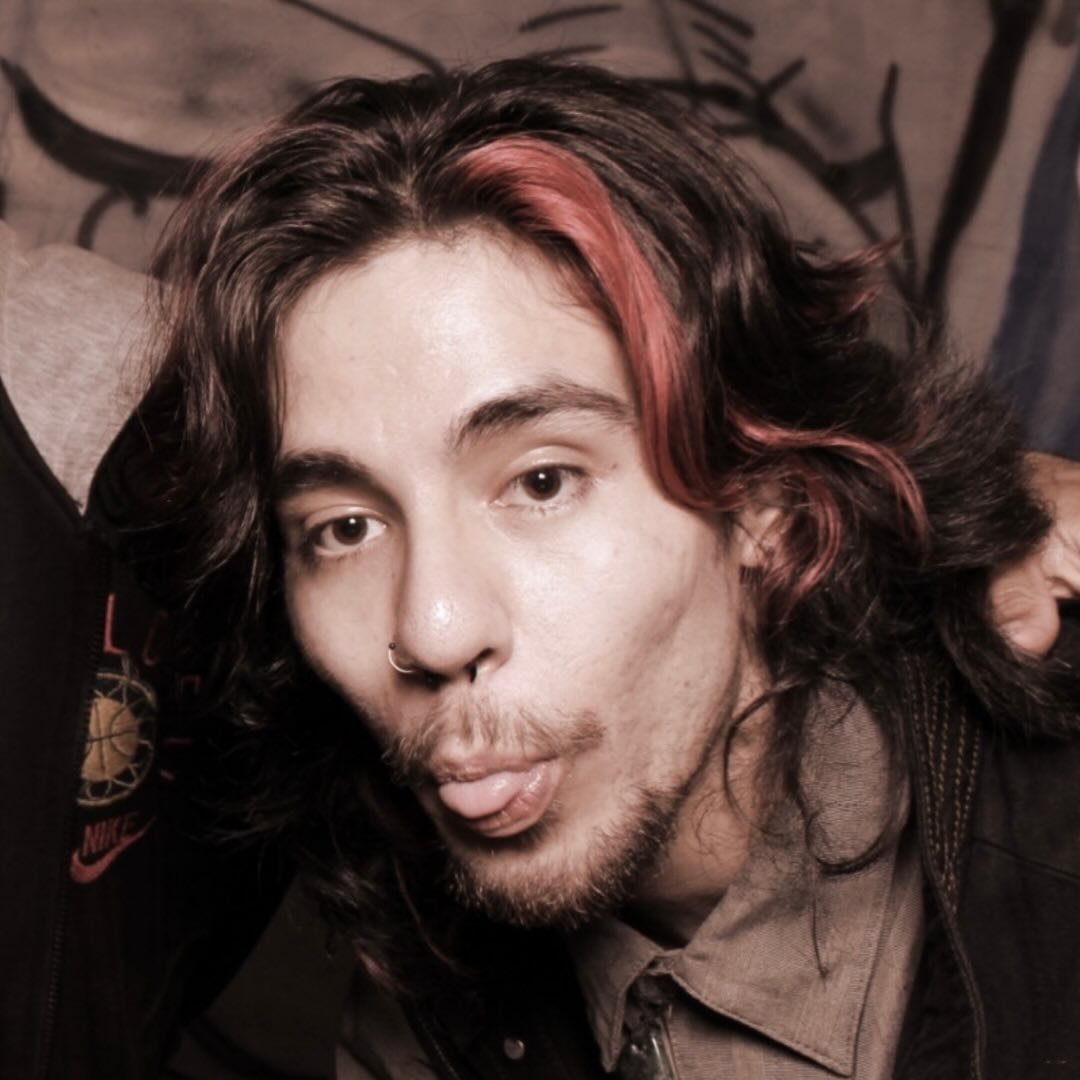The cigarette industry is currently valued at ~49.4 billion dollars per year & the rolling paper industry generates approximately 1,217.08 million USD in cash flow annually.
In 2006, over 250 million tons of corn waste was tossed globally. This statistic has only increased as the demand for food increases parallel to Earth’s rising population.
Why must we waste what Mother Earth gifts us?
The Spanish first encountered tobacco on the island known today as Cuba. Taino natives shredded the plant & rolled it in its own leaves, thus producing what is now known as a cigar (or cigarillo if thin).

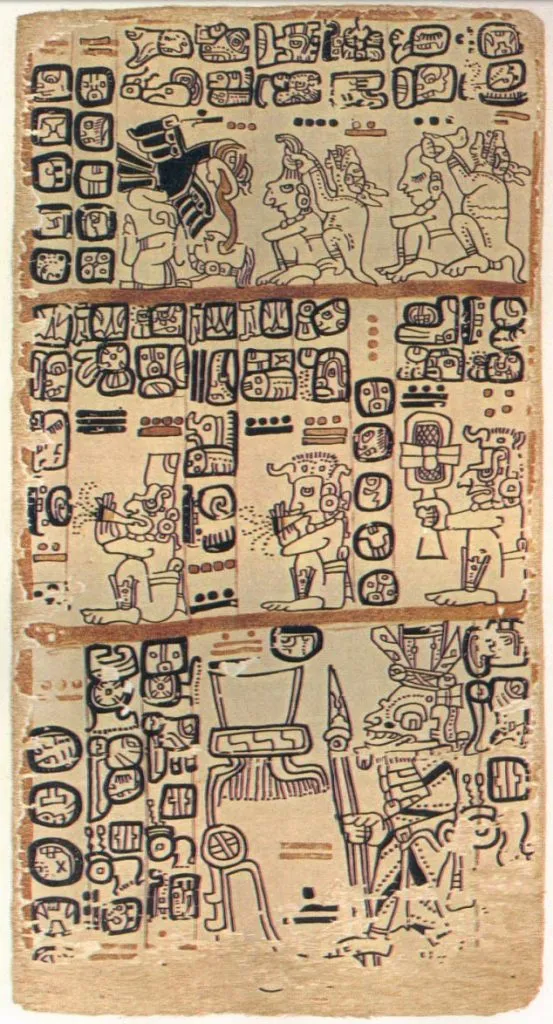
Excerpts from the Madrid Codex, one of three surviving pre-Columbian Mayan books. Fact – the Mayan word sikar means ‘to smoke tobacco.’ Spanish encounters led to the term becoming the root word for smoking tobacco today.
After further contact, European sailors picked up smoking through their respective regions of exploration – North American explorers, most notably the English & Dutch, began pipe smoking as per the customs of most North American tribes. Central & South American explorers, most notably the Spanish & Portuguese, picked up rolled smoking as per their first encounters. Cigars were brought to Spain in the 16th century as a leisurely activity for the upper class.
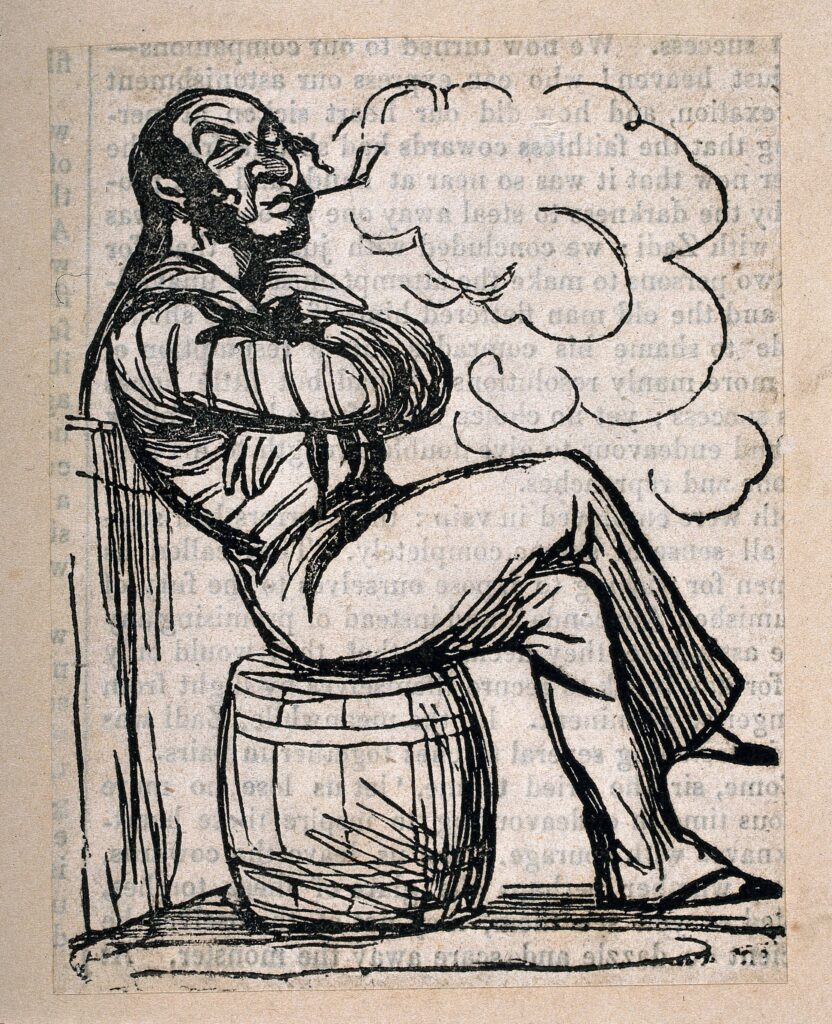
Whole tobacco leaves were sold at high prices. Beggars in Spain took the leftovers littered on sidewalks & rolled them in paper, thus paving the way for Europe’s need to develop & manufacture smoking papers.
By the time Spain had entered Mexico, almost 30 years had passed since their encounter with the Tainos: the conquistadors were already accustomed to cigar smoking. But Central America had developed other methods of burning & inhaling tobacco – Aztecs & Mayans stuffed hollow reed tubes as reusable devices, & tribes in Northern Mexico had found a ritualistic use for the layers of husks that protected their main food source maize – cigarettes.

By Javier Aguilar.
Fact: Maize developed so many husks to protect itself from preying insects & animals. That is why it requires little to no pesticides to grow today! Corn was brought to Africa in the 17th century, & has since been one of the biggest staple crops on the continent.
Here’s some more facts:
- More than 300 million Africans depend on maize as the main staple food crop.
- Maize accounts for 30−50% of low-income household expenditures in Africa.
- Over 30% of the caloric intake of people in sub‐Saharan Africa comes from maize.
Though explorers encountered other vegetation wraps such as palm leaves, cigars & pipes remained the dominant devices to smoke with among Europeans until pre-packaged cigarettes were developed. Corn made its way across the Atlantic as early as 1493, but natural smoking utensils never caught on with Europe & most other parts of the world.
Manufactured cigarettes & rolling papers are evidently an advent of capitalism & are a result of disconnect from the natural world.

Fact: there’s one strand of silk for every kernel of corn in an ear.
Today, straw cigarettes (per the resemblance) are most commonly smoked in Brazil as palheiros, or palas, as well as in parts of Mexico & Central America. My tribe (Rarámuri/Tarahumara) has historically called them pewari. Though there is no safe form of smoke inhalation, there is something to be said about the amount of industry that goes into producing rolling papers out of a material you couldn’t smoke out of previously.
Here’s a few of the most common rolling paper additives:
- Titanium oxide.
- Chlorine bleach.
- Calcium carbonate.
- Potassium nitrate.
- Artificial dyes.
Even if your smoking material is marketed as natural & additive-free, if your cigarette tube or rolling paper is white, I can guarantee it’s been bleached.
Okay, enough history.
Here’s how to roll maize:
- Peel the first 2 layers all around & wash your corn with water. Besides ensuring a clean smoke, the outer layers are usually the toughest to keep lit.
- Let dry overnight. Sunlight helps but is not a requirement. Some climates may require 24 hours.
- Peel off one husk. (I will say that wider husks are easier to roll with, typically. If/when too wide, you can fold it in half vertically & split it from the crease. This would be following the grain, so it should part with only a small amount of pressure.)
- Cut the top & bottom off by about an inch so you have a long rectangular shape. (If you have no access to scissors, you can crease the husk & tear it off the other way. Just be sure to do so one notch at a time with your fingers close together, since this is against the grain. Even if it’s a little jagged it should still smoke well.)
- Cut in half horizontally. You should now have two rolling paper-sized husks.
- Roll your material as you do typically, save for licking the ends together (as there is no sticking gum present).
- To seal, peel a strand off a husk about as long as the device & tie a knot once or twice around. Be gentle. If you pull too hard on the laces you’ll choke the airflow. You can do this with one strand towards the middle or with two, once around the filter/base & once towards the lighting end.
- Smoke.
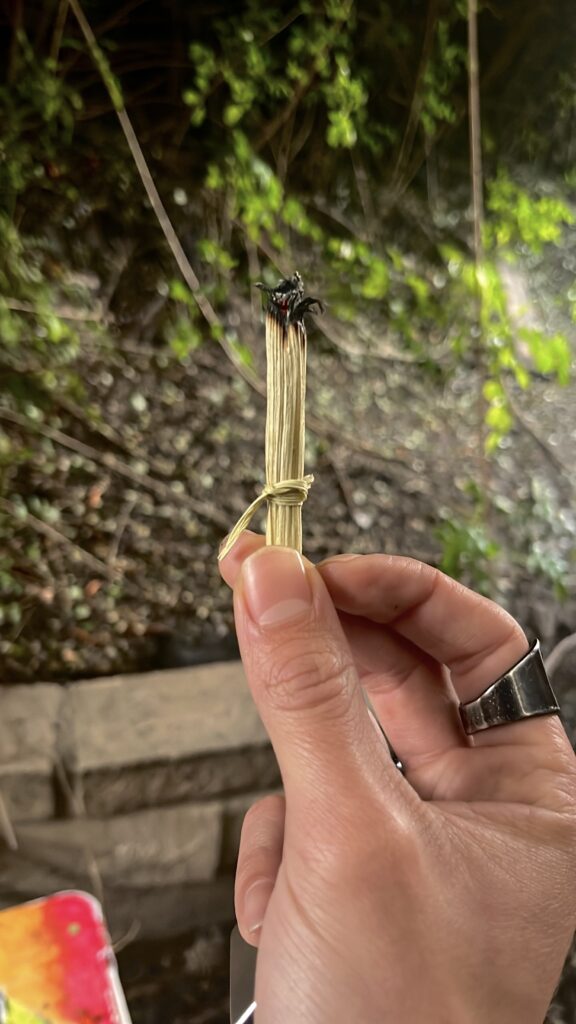
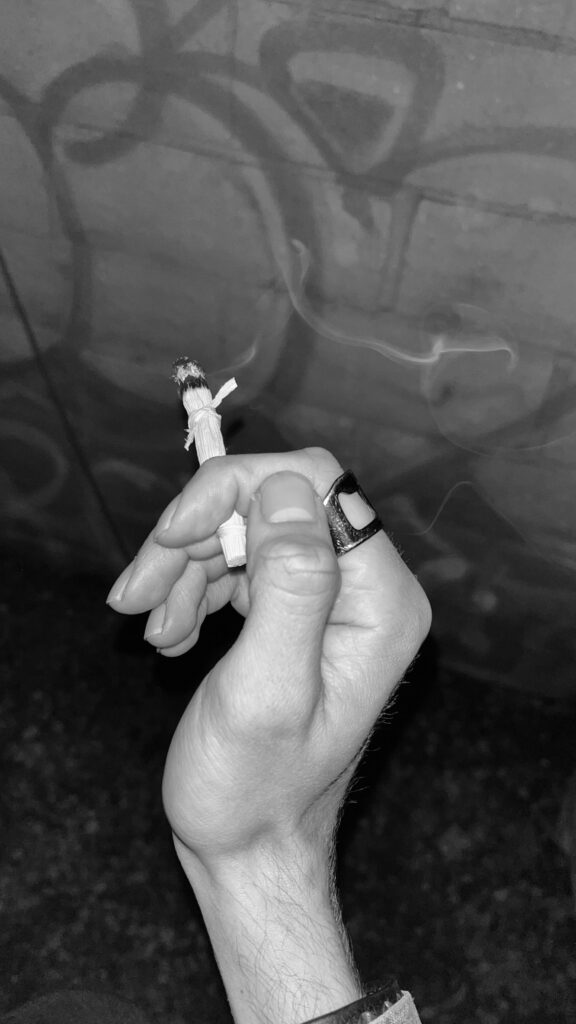
You can carry maize on your person conveniently in a tote bag or backpack. If you’d like to peel your corn all at once, you can repeat this process for each husk & ear of corn you have. Just be aware that after a few days, the husks may be too brittle/easy to break to roll with immediately. To fix this, run water over your husk or soak it shortly before rolling. It should grow in size & be much more pliable.
¡Kuira-bá!
